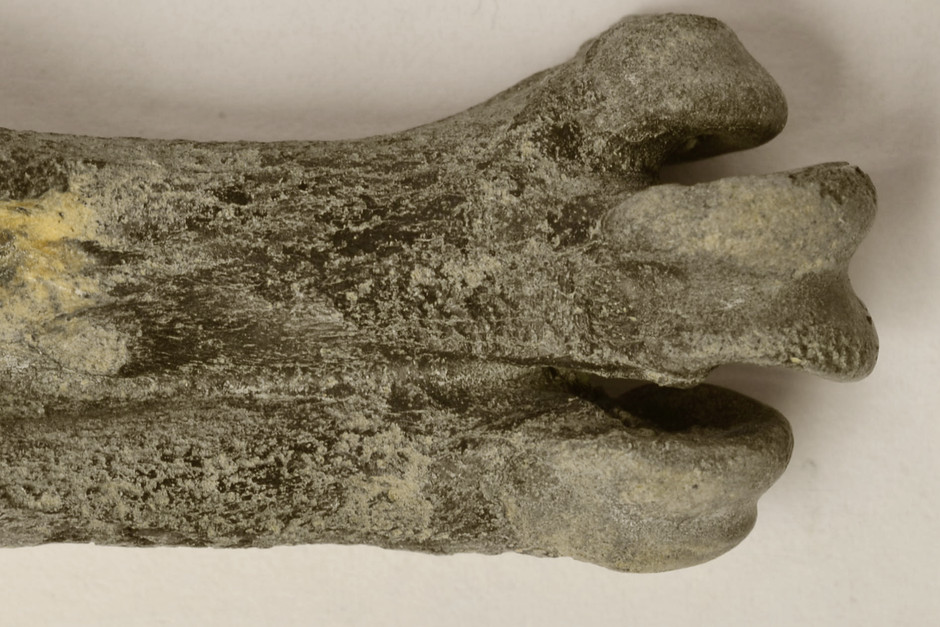History of the collection
The department’s collection of Antarctic vertebrates is one of the world's largest, with over 9,000 shark teeth and nearly 1,200 penguin bones. Some of the material was already collected during the Swedish South Polar Expedition 1901-03, led by geologist and polar researcher Otto Nordenskjöld and geologist Johan Gunnar Andersson. From that expedition, the first fossil penguin species from Antarctica were described at the beginning of the twentieth century.
Predecessors of whales and giant penguins
However, most of the material in our collection has been collected in recent years by researchers at the department from Eocene (40 million year old) marine rocks on Seymour Island, off the Antarctic Peninsula. Among the vertebrate finds, sharks, rays, chimeras, bony fish, a frog, giant penguins and the predecessors of whales are represented.
In addition, the collection includes 80-million-year-old shark fossils, and bones and teeth of Late Cretaceous plesiosaurs collected on Seymour, Snow Hill and Vega islands. Uniquely from these sites are fossils of small cartilaginous fish, bony fish and an Eocene frog. Many fossils in the collection are type specimens and original (illustrated) material for new genera and species that lived in Antarctica before the continent froze.
With the exception of penguins and whales, there are no living relatives of the other fossil fauna in the region because Antarctic sea waters are today too cold for those animal groups.
At the top of the page you can see a photo of the tarsometatarsus from the penguin Marambiornopsis sobrali from the Eocene (40 million years ago). Photo: Thomas Mörs.

